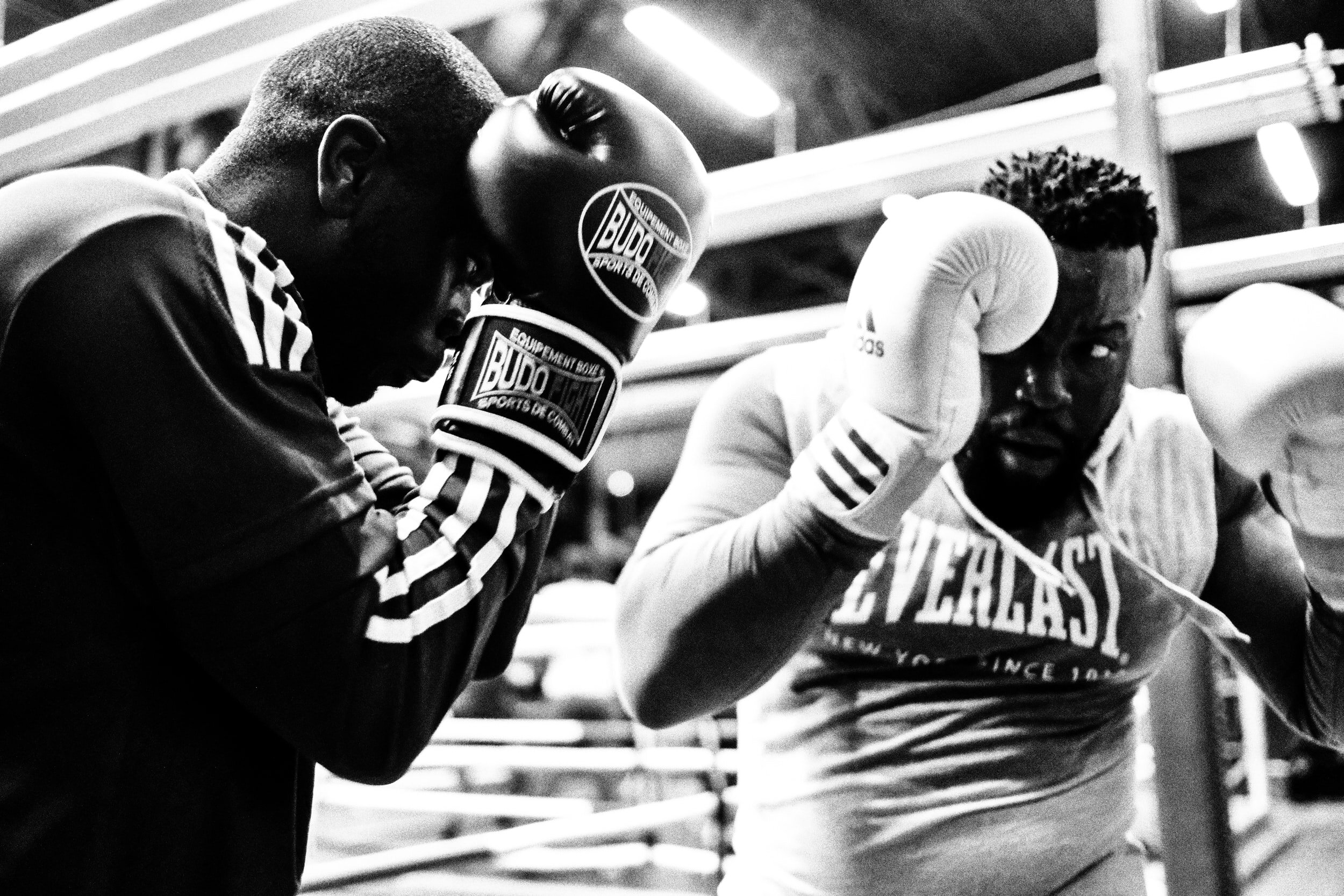Concussion Management: 5 Ways that Physical Therapists Can Help After a Concussion
Image courtesy of https://unsplash.com/@benhershey
Summer is over, and fall weather is slowly approaching. You know what that means...Football is back! Football is one of our favorite sports and is one of the many reasons we love the fall (Go Birds!). Unfortunately, the resumption of all fall sports means that we will inevitably see an increase in sports-related injuries, including concussions. When people think about concussions in sport, American Football is usually the first thing to come to mind. However, did you know that Girl’s/Women’s Soccer has some of the highest rates of concussion across all sports?
Image courtesy of https://unsplash.com/@jeffreyflin
Times have surely changed; with the paradigm shift in the NFL and NCAA regarding concussions and head injuries are now in the public spotlight. Chances are you know someone that has suffered a sports-related concussion (SRC). I have watched many friends, patients, and family members sustain concussions in high school and recreational sports. I myself have suffered a concussion playing football, which gives me a unique perspective when working with these athletes.
Most people may not know that PTs can be an integral part of the team when managing concussions. PTs work with Athletic Trainers, Physicians, and Coaches to ensure that we are safely getting the athlete back on the field! Before we discuss how PT can help with concussion management, I want to briefly discuss what a concussion is and why it is important to take every head injury seriously on and off the field.
What is a Concussion?
Sports-related Concussions (SRCs) are traumatic brain injuries that occur as a result of a direct or indirect blow to the head, which causes a cascade of neurological signs and symptoms that we commonly associate with concussions. Some of the common symptoms experienced after a concussion are included below in order of prevalence:
Image courtesy of PT Management of Concussion Independent Study Course 28.1.1.Academy of Orthopedic Physical Therapy, APTA.
SRCs are most common in boys football and girls soccer, however, head injuries can occur in all sports and should be treated just as seriously in every instance. When a concussion is suspected, IMMEDIATE REMOVAL from play is imperative to ensure that serious brain injury is avoided.
Why should you see a Physical Therapist after a Concussion?
Everyone experiences SRCs differently, so it is important to know that not all concussions will look the same, and therefore no concussion should be treated the same!
After a possible concussive event, the athlete should be removed from play immediately and evaluated by athletic training staff, coaches, and on-field physical therapists if available. The team will determine the extent of the injury, monitor the athlete, and seek emergency services if appropriate.
After the game, the physical therapist serves an important role in the medical team. As the musculoskeletal and movement specialists, physical therapists not only help in the safe return to play but also work with the athlete and athletic trainers to help recover from sequelae such as neck pain, dizziness, headaches, or other musculoskeletal/neuromuscular injuries. Below are 5 of the many ways that PTs can help you after a concussion!
Image courtesy of https://unsplash.com/@averey
5 ways that PT can help you Recover from a Concussion:
1. Safe Return to Play
As we have mentioned before, immediate removal from play is imperative to avoid Second Impact Syndrome, a phenomenon that can lead to serious brain injury, or worse, death. Once the athlete is removed from play and stabilized, it is essential to ensure that the athlete is not returned to play too quickly in order to ensure they are symptom-free and safe to return.
Image courtesy of https://unsplash.com/@serge_k
Physical therapists can perform various tests and interventions including but not limited to exertional tolerance testing, balance testing, vestibular and oculomotor testing, and a thorough neuromuscular and musculoskeletal evaluation. These tests can serve as a valuable baseline when working with the athlete and medical team to guarantee the athlete returns when he/she is ready to do so!
2. Headaches
Headaches are the most common symptom experienced after a concussion. Post Traumatic Migraine is a common occurrence after a concussion. Furthermore, a history of migraines can actually prolong your recovery from a concussive event. It is important to distinguish between different types of headaches to ensure proper management occurs.
Image courtesy of https://unsplash.com/@usmanyousaf
PTs are trained to identify, evaluate, and treat different types of headaches, including cervicogenic headaches, which are headaches that manifest from dysfunction of the upper cervical spine after injury. If an athlete complains of neck pain and headache, a physical therapist will examine the cervical spine to see if manual therapy treatment for the headache is safe and beneficial.
3. Neck Pain
Image courtesy of https://unsplash.com/@taisiia_shestopal
As I mentioned above, orthopedic and sports physical therapists are well equipped to manage neck pain and other cervical spine dysfunctions, including headaches. Using a thorough examination, the physical therapist is able to determine the cause of neck pain through diagnostic testing and determine the most effective and appropriate treatment for the athlete in front of them. We can also determine if radiographs or other imaging studies may be helpful or necessary.
Treatment for neck pain varies on a case-by-case basis but may include some combination of manual therapy, exercise therapy, neuromuscular re-education, and self-management techniques.
4. Dizziness
Dizziness is the second most common symptom experienced after a concussion behind headaches, and is also one of the biggest predictors of prolonged recovery after a concussion. Due to the complex nature of dizziness, it is important to address the cause of an athlete’s dizziness to ensure a safe and expedient return to play.
Dizziness can be due to problems with the cervical spine, which is also known as cervicogenic dizziness and may be addressed with specific manual therapy and neuromuscular re-education techniques.
Dizziness may also be due to vestibular dysfunction. The vestibular system is centered in the inner ear and is responsible for determining your head position in space. If problems arise in the vestibular system, symptoms such as dizziness, vertigo, and visual disturbances may occur. Physical therapists are well equipped to diagnose and treat vestibular disorders, and some PTs may have advanced certifications in vestibular rehabilitation.
5. Mood and Fatigue
All sports injuries are tough to recover from, both mentally and physically. Not only can your PT be there for your athlete mentally and emotionally, but we may also be able to help manage cognitive fatigue and mood disturbances after a concussion.
Student-athletes that suffer concussions may have a difficult time returning to the classroom environment due to lack of sleep, dizziness in crowded places, headaches, or social anxiety experienced after the injury. PTs can help determine if classroom accommodations are necessary and are able to advocate for student-athletes that are returning to school.
Many studies also point to moderate level exercise and exertional therapy to improve mood and energy levels. PTs can help monitor the athlete through their exercise program to ensure they are safely participating in an exercise that is specific to their sport, which boosts mood and provides motivation to return to sport.
Image courtesy of https://unsplash.com/@1walter2
Sports Concussions are increasingly prevalent in today’s society due to better education and better detection and better management on the field. Concussions are multifactorial and complex, with no athlete experiencing the same signs and symptoms as the next. Physical therapists are an integral part of the team and can ensure you are getting back to the sport as soon as it is safe and appropriate. If you are interested in learning more about concussion management, or other rehabilitation services, visit trifectatherapeutics.com or call us today for a discovery session!
By Dr. Justin Hanus
References:
Mucha, Troutman-Enseki, & Ryland. (2021) PT Management of Concussion Independent Study Course 28.1.1.
Academy of Orthopedic Physical Therapy, APTA.
Quatman-Yates, C. C., Hunter-Giordano, A., Shimamura, K. K., Landel, R., Alsalaheen, B. A., Hanke, T. A., ... &
Silverberg, N. (2020). Physical Therapy Evaluation and Treatment After Concussion/Mild Traumatic Brain Injury:
Clinical Practice Guidelines Linked to the International Classification of Functioning, Disability and Health From
the Academy of Orthopaedic Physical Therapy, American Academy of Sports Physical Therapy, Academy of
Neurologic Physical Therapy, and Academy of Pediatric Physical Therapy of the American Physical Therapy
Association. Journal of Orthopaedic & Sports Physical Therapy, 50(4), CPG1-CPG73.
Are you interested in our services at Trifecta Therapeutics, but live too far away from our facility? Schedule a telehealth visit!









